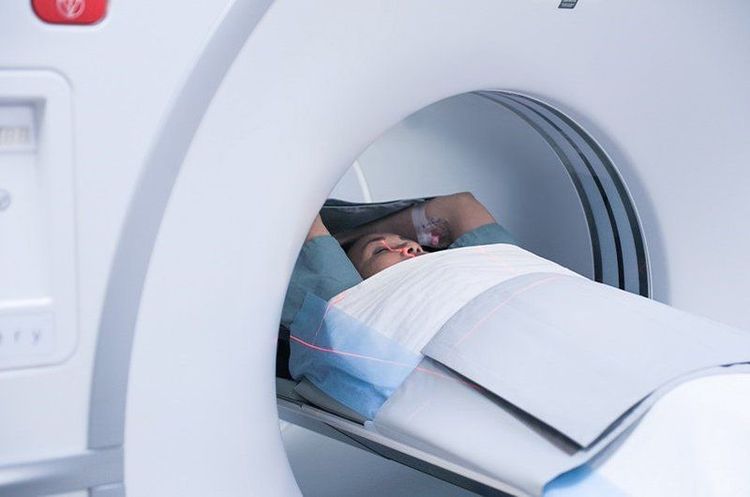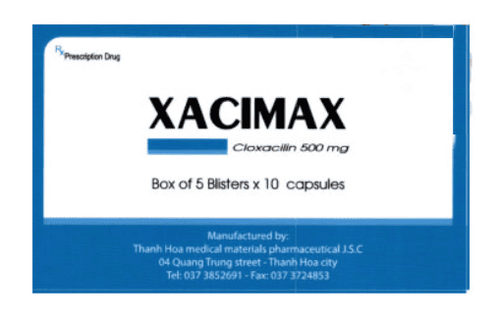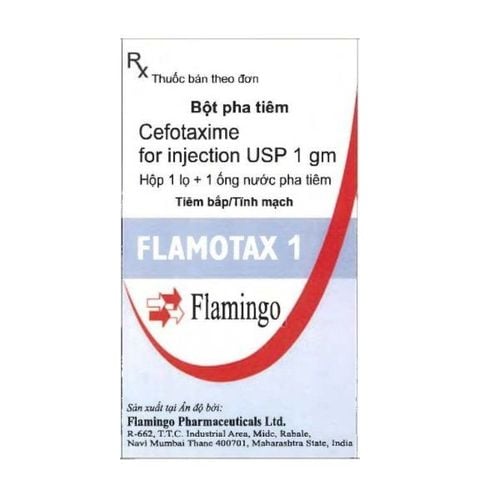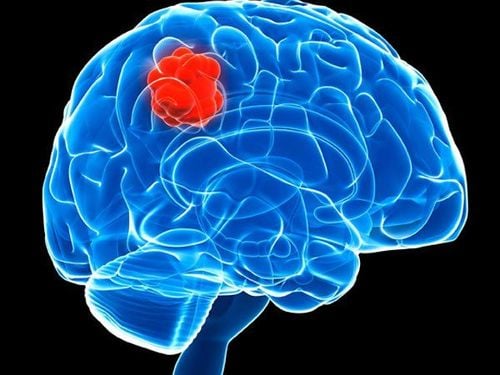This is an automatically translated article.
The human body is a unified whole, there are always mechanisms to regulate and compensate when changes occur. The brain's self-regulating pressure mechanism ensures that the intracranial environment is always in balance. But if the change is too large or too rapid, beyond the brain's self-regulating and compensating capacity will lead to increased intracranial pressure.
1. What is intracranial pressure?
The skull is a fixed cavity consisting of 3 main components: blood, brain tissue, and cerebrospinal fluid. As the volume of one of the components increases, the volumes of the other components must decrease to maintain a constant pressure level. Intracranial pressure is the result of pressure specific to each area, namely the brain parenchyma 88%, cerebrospinal fluid 9% volume, and blood vessels 3%.
2. What is the normal intracranial pressure?
Normal intracranial pressure is <20 mmHg. However, in emergency situations, doctors rarely accurately measure the patient's intracranial pressure, which requires a dedicated intracranial pressure monitor. Therefore, increased intracranial pressure is often recognized based on the signs, symptoms, and mechanism of injury.

Áp lực nội sọ hiếm khi được đo chính xác mà dựa vào triệu chứng
Among the methods of monitoring acute cerebral stroke, the oldest is measuring intracranial pressure. Since cerebral perfusion pressure (CPP) = mean blood pressure – intracranial pressure (ICP), it can be seen that the regulation of intracranial pressure has profound implications for the control of brain physiology. Continuous intracranial pressure monitoring is required to maintain adequate cerebral perfusion pressure.
3. Increased intracranial pressure
Increased intracranial pressure is an increase in pressure around the brain, caused by an increase in the amount of surrounding fluid, for example an increase in the amount of natural cerebrospinal fluid in the brain's buffer zone, bleeding in the brain due to trauma or due to a ruptured tumor; due to swelling of the brain tissue on its own or due to disease. Increased intracranial pressure can be the result of brain injury and it can also cause brain injury. The goal of treatment for raised intracranial pressure is to reduce ICP to < 20 mmHg.
Diagnosis of raised intracranial pressure is based on the following factors: Increasing headache, nausea or vomiting, possibly accompanied by disturbances in consciousness, ophthalmoscopy shows papilledema. CT scan of the brain or magnetic resonance imaging of the brain can identify the cause of increased intracranial pressure.

Sử dụng chẩn đoán hình ảnh để xác định nguyên nhân gây tăng áp lực nội sọ
4. Increased intracranial pressure causes dangerous complications
Prolonged elevation of intracranial pressure will cause irreversible brain damage and poor prognosis. In comatose patients due to traumatic brain injury, the longer the duration of increased intracranial pressure, the worse the prognosis.
Increased intracranial pressure, if not treated promptly, will create a pathological spiral that causes increased intracranial pressure, which can lead to seizures, stroke... causing irreversible brain damage ... The phenomenon of cerebral depression is a serious complication that can cause the patient to die quickly.
5. Prevention of complications
When there are signs of headache, blurred vision but no cause, it is necessary to take a cranial tomography to rule out the cause of increased intracranial pressure. Once increased intracranial pressure is identified, the patient should be closely monitored and the cause of the increased intracranial pressure treated promptly.
To register for examination and treatment at Vinmec International General Hospital, you can contact Vinmec Health System nationwide, or register online HERE
LEARN MORE
Treatment of raised intracranial pressure in children Diagnosis and treatment of raised intracranial pressure Learn about the syndrome of raised intracranial pressure













